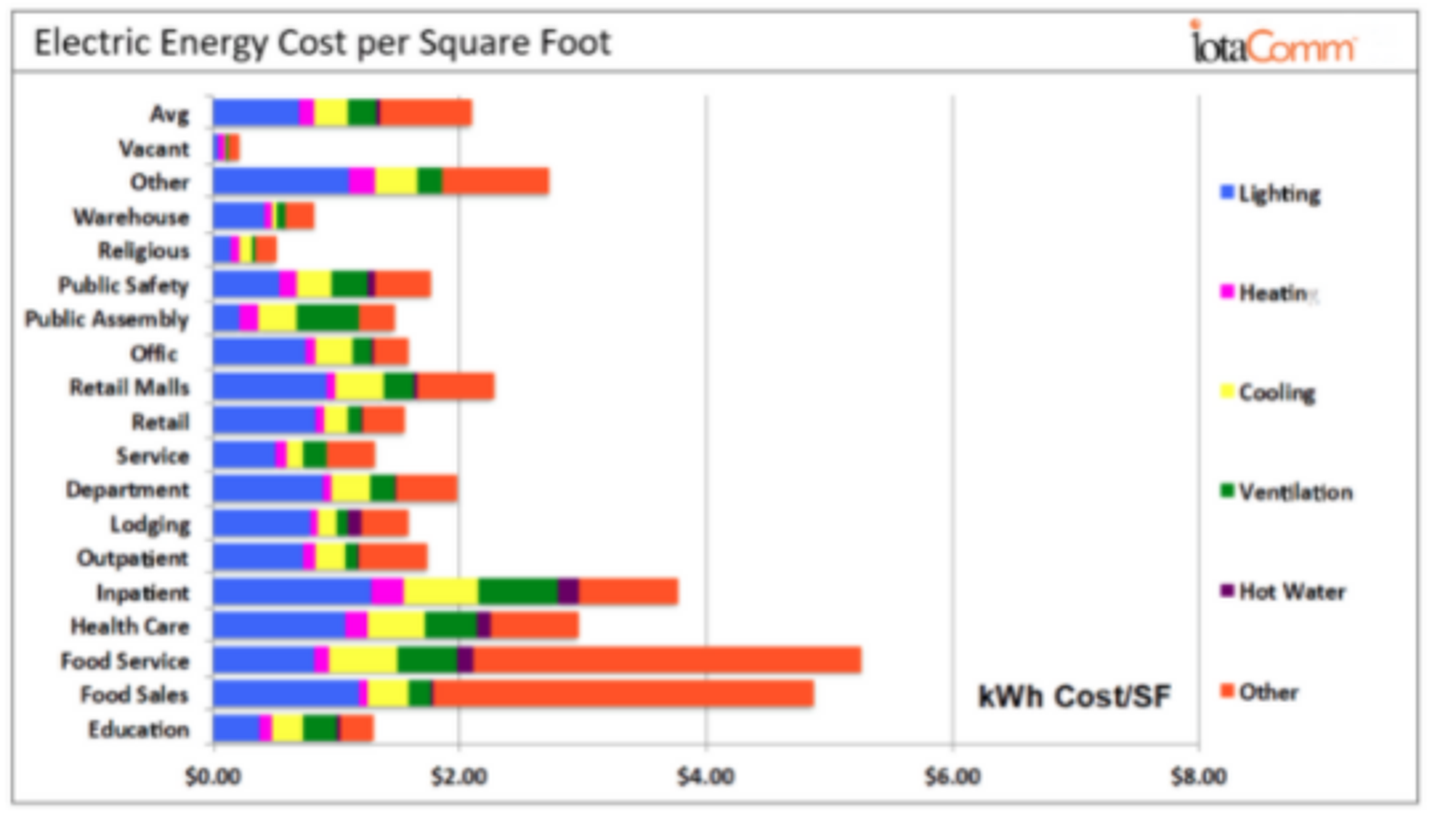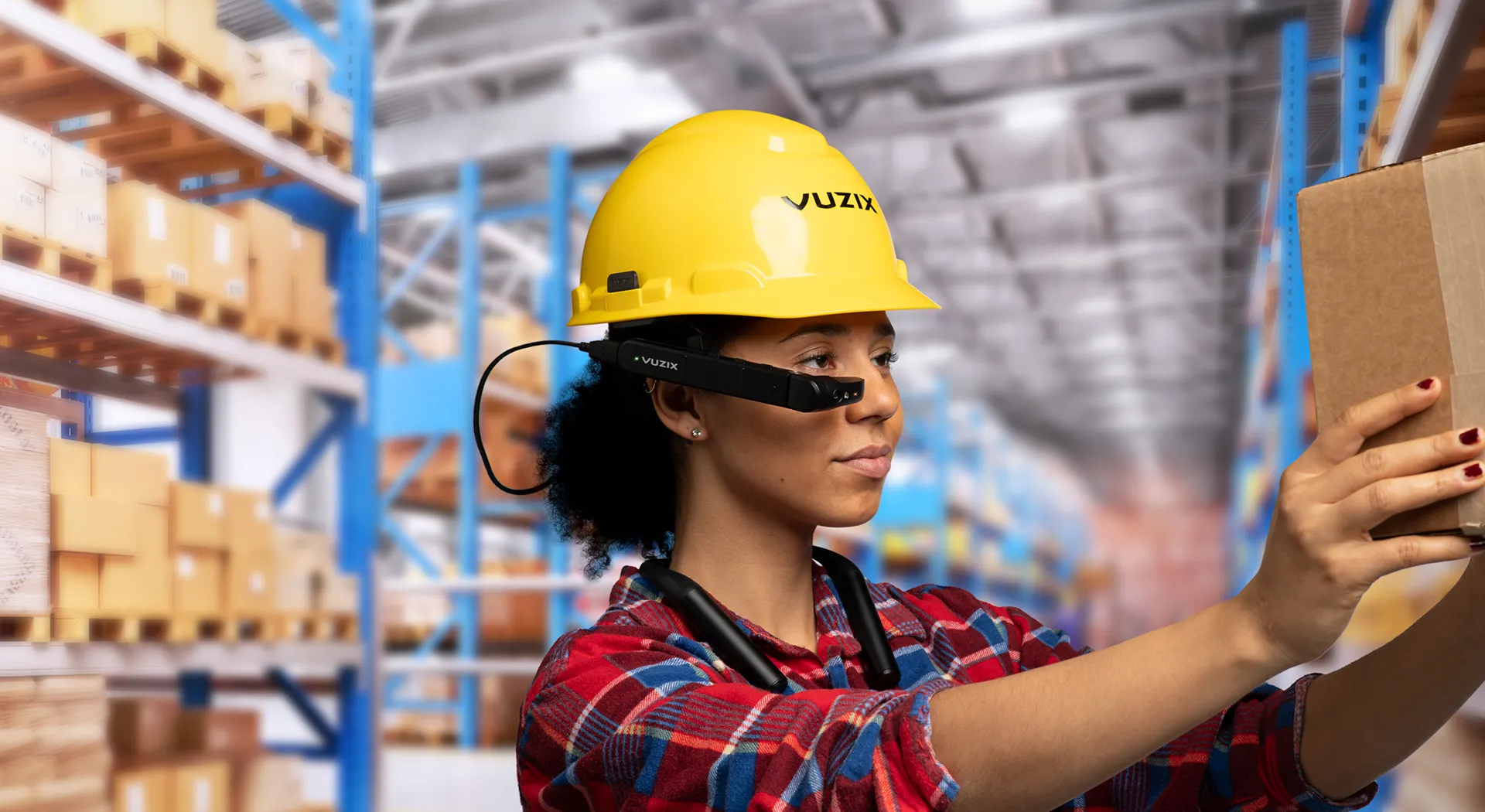
Delphi360™ to Officially Launch, Improve the Work Environment and Change Indoor Air Quality Forever
Previously Published to Benzinga: The following post was written and/or published as a collaboration between Benzinga’s in-house sponsored content team and a financial partner of Benzinga.
The overall quality of indoor air at the office is taking center stage for many businesses. Cleaner air means a safer environment. And a safer environment leads to corporate trust and satisfaction.
Society spends approximately 90% of its time indoors, and nearly 50% of this time includes working for hours on end in poor indoor air quality (IAQ). The invisible air-quality-killing demons that commercial office buildings produce contribute to more than 39% of the world’s energy-related carbon dioxide emissions — and, the truth is, it’s killing more than just the climate.
Noted for playing a significant role in how viruses are transmitted, heating, ventilation, and air conditioning (HVAC) system usage contributes to climate change. The way in which HVAC systems circulate harmful particles within these environments is quickly gaining attention.

At a time when the world heads back to school and the office, more focus needs to be placed on the health, safety and sustainability in the future of smart buildings and cities. As it currently stands, most of the nation’s 5.6 million commercial buildings are 15 years old or older and in need of a serious overhaul to compete. Not only does a business with air quality issues throw away a potential increase in productivity, but it also risks losing the trust of employees who rely on it for more than just a paycheck.
Simply doubling the ventilation rate will improve productivity at a rate of more than $6,500 per person per year. But having more control over energy conservation amplifies the entire process.
In order to shift the paradigm away from indoor pollution, more focus must be placed on the impact this type of HVAC has on the broader ecosystem. Traditional tools need to accommodate innovative HVAC installations and allow businesses to freely integrate with existing solutions while unlocking even more sustainable effects.
Trackable air quality systems are game-changers in the battle against climate change. A business must be able to collect data. It needs to know which environmental hazards it is currently dealing with. It has to assess a situation and make informed decisions, placing its trust in the system while protecting the workforce.
With better systems, employee retention will increase, and turnover will decrease substantially. And, employees will be happier and healthier than they’ve been in previous years.

Minimizing Sick Leave Means Lowering the Cost of Payroll-related Expenses
Most corporate businesses pay some sort of benefits to employees in the form of healthcare, paid time off and insurance. These types of expenses surpass that of the cost by 10 times over. Healthier air means less time off. With fewer people out of the office, downtime will be lessened, minimizing sick leave.
Because payroll and other labor expenses are 10 times larger than utility bills in commercial buildings, a 1% improvement in office productivity is comparable to a 10% improvement in energy and water efficiency.
IOTCreports that “poor air quality results in $150 billion of illness-related costs per year in the U.S. Of that, $93 billion represents lost productivity from headaches, fatigue and irritation associated with sick building syndrome.” Its site also discusses how the average cost of utilities for commercial buildings is $2.10 per square foot a month. In fact, it’s regularly increasing — with the total expense for the private sector just $1.69 per square foot in 2016.
These estimates don’t include gas or water, which are also contributing factors to the immediate environment — all of which can be reduced by 40% at peak demand through remote monitoring and controlling. Take, for example, the fact that most businesses power up buildings 3 hours before the 1st employee arrives at work and realize that tens of thousands of dollars could be saved simply by turning on the system just 2 hours later.
“There’s Already an App for That”
This is where IotaComm, otherwise known as Iota Communications, Inc. comes in. Its full-service solutions promote the sustainability of energy, big data application and the conservation of these energies through the use of internet of things (IoT) technology that power smart buildings.
This company’s breakthrough platform enables data-driven insights. It essentially digitizes outdated legacy systems to help reduce costs, boost productivity and accelerate the operational efficiency of small-to-enterprise organizations across the U.S..
Delphi360™ provides customers with gateways and sensors that gather the most relevant data to whatever it is they wish to achieve, including the consumption of resources and nearby pollutants that affect both water and indoor air quality.
The company provides its customers with easy-to-use tools and asset-based monitoring. Other critical data can be accessed and controlled, making its products perfect for commercial real estate, municipal office buildings, education and manufacturing.
On September 1, the company will officially launch its Delphi360™ platform, giving existing customers “first dibs” in testing out the new product.
Delphi360™ provides businesses with intelligent data management through long-range, low-power and low-cost wireless technologies. By streaming IoT-collected data into an easy-to-visualize dashboard, companies can be assured that they have access to the most reliable and secured data available across the system. The system itself uses long-lasting, battery-powered sensors that literally “make cents.” The cost of the entire platform to customers inclusive of connectivity and managed services is estimated at roughly $.01/square foot.
Wireless Connectivity and Data Analytics Platform, Built from the Ground up
Supporting millions of connected devices and sensors across the corporate arena, businesses will soon use building intelligence to deliver actionable insights for HVAC technologies, using IoT and managed services to connect with their devices to collect key information that allow them to take critical action towards an improved worksite.
With IoT sensors in place and a cloud-based infrastructure, Delphi360™ alerts its customers to real-time indoor environmental quality metrics, including indoor air quality and room occupancy sensing capabilities. All associated sensors, gateways and machines communicate data over a LoRaWAN® low-power wide-area network (LPWAN) to a cloud or local database, providing granular visibility and a highly transparent outlook of facility operations.
Advanced analytics use data collected through machine learning and predictive modeling techniques.
As data sets are built, companies can expect to receive new maintenance insights that grow and evolve with the product over time, as well as risk management metrics associated with equipment and motor mechanics, demand response systems, fault detection and control ventilation.
Primary product differentiators and features in Delphi360™ include:
- Plug-n-play installation of gateways using custom-provisioned factory imaging
- Fully-integrated gateways with the broader eco-system of LoRa™ network servers and sensors, including battery backup, integrated 3G/4G modem and in-service updates
- Battery-powered sensors, lasting up to 10 years, with customizable thresholds and parameters
- Smart room sensors with simple deployment and sleek-yet-unobstructed mount configurations
- An IAQ sensor with a familiar thermostat form factor, programmable visual display and E-ink screen to preserve battery life
- A dashboard with multiple, customizable layout views
Indoor Air Quality Will Always Be an Immediate Concern
The company’s blog points out that from kindergarten to graduate school, the National Center for Education Statistics has identified more than 130,000 different school buildings across the U.S. Of these, several schools are considered “Pre-War Classics” and do not have adequate ventilation or HVAC control.
IAQ is an immediate concern, and good air quality dictates that most school and workplace illnesses could be avoided by monitoring those elements most likely to agitate the immune system. Prolonged exposure to such pollutants can ultimately lead to respiratory ailments, including asthma and bronchitis, respiratory inflammation, cancer and an overall decrease in lung function.
Humidity levels, for example, could be a major cause for concern. Mold grows as a result of high indoor humidity. Viruses spread when humidity is either too high or too low, while temperature itself can cause airborne droplets to survive for a much longer period. And, high levels of carbon dioxide (CO2) may indicate that not enough fresh air is being supplied. Carbon monoxide (CO), on the other hand, may arise when boilers are under-maintained and an idling vehicle exhausts fumes nearby.
Volatile organic compounds (VOCs) are created when organic chemicals emit gasses from things like cleaning agents, disinfectants, air fresheners, dehumidifiers, carpet, flooring material and even office furnishings. Believe it or not, they’re one of the most common contributors of pollution indoors and a dangerous hazard for humanity alike.
These many different types of threats to high-quality indoor air necessitate products like Delphi360™. This technology easily connects to external data sources, analyzing key benchmarks associated with weather, outdoor air conditions, social or other external parameters. These combined data sets are then analyzed to uncover critical insights that can increase operational efficiency, reduce costs and improve health and safety for customers.
Visit https://www.iotacommunications.com/delphi360-platform for more information on Delphi360™, and https://www.iotacommunications.com/investor-relations for investment opportunities.
The preceding post was written and/or published as a collaboration between Benzinga’s in-house sponsored content team and a financial partner of Benzinga. Although the piece is not and should not be construed as editorial content, the sponsored content team works to ensure that any and all information contained within is true and accurate to the best of their knowledge and research. This content is for informational purposes only and not intended to be investing advice.


